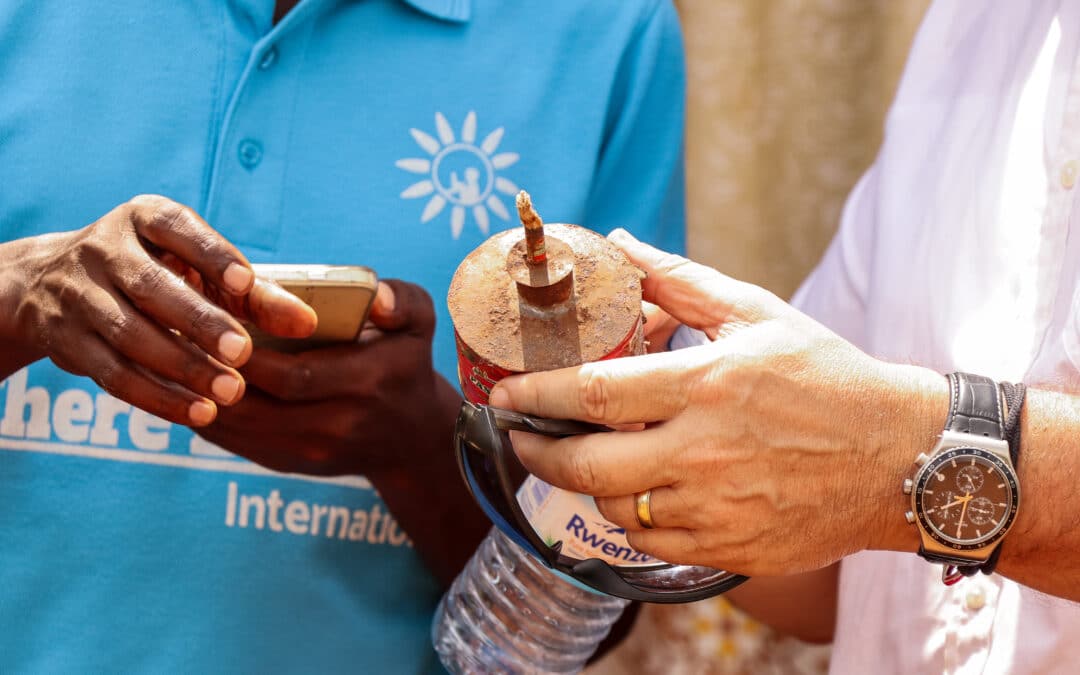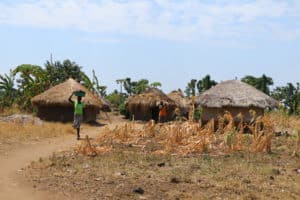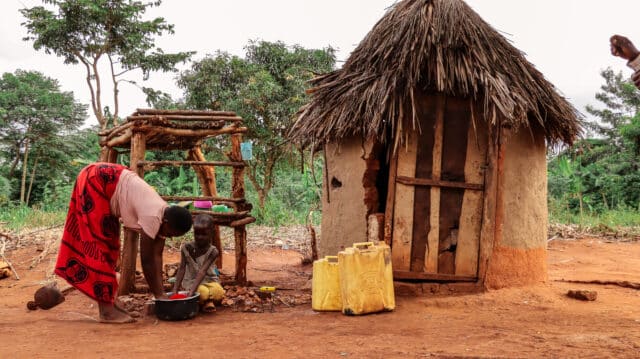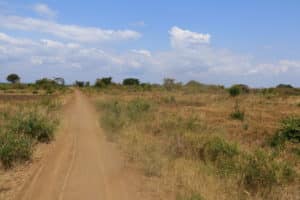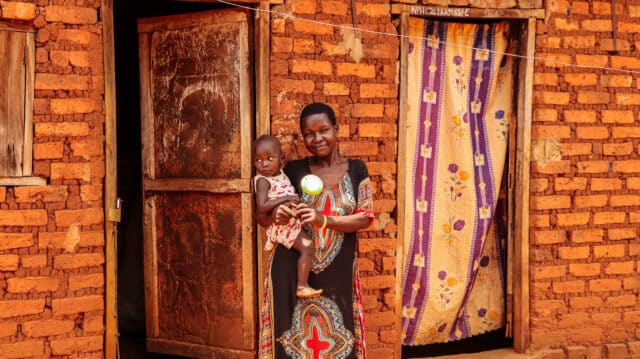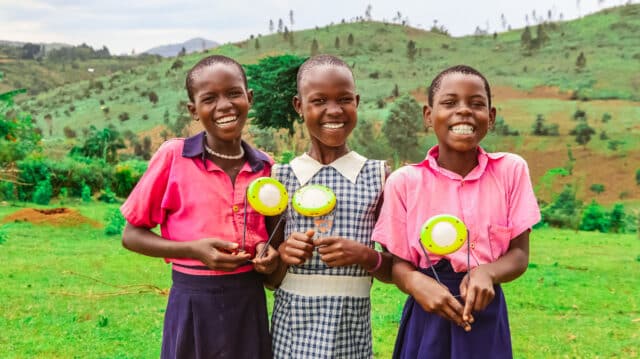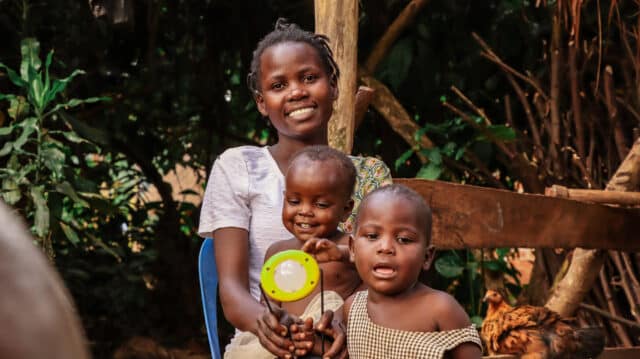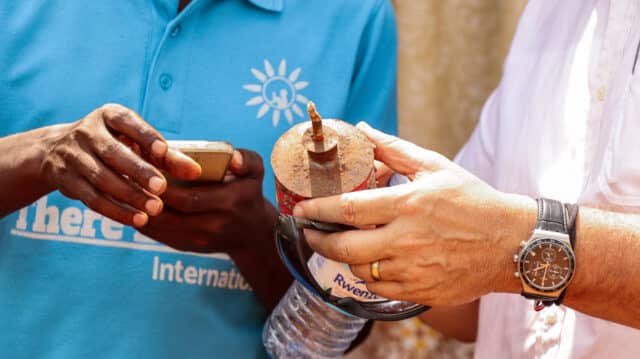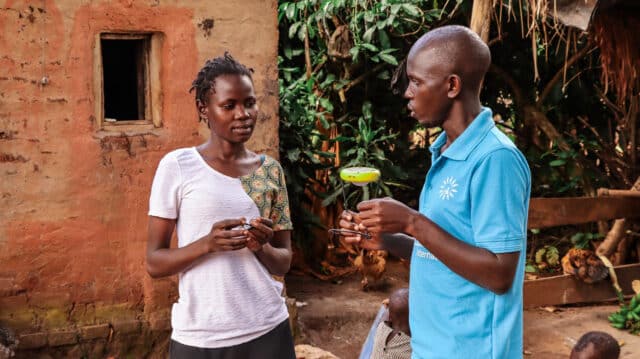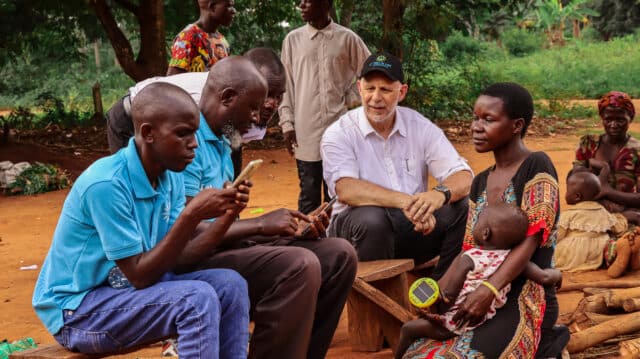By Jo Stevens
Imagine not having light at night to do household activities, homework, or cooking. Unfortunately, this is the reality for 760 million in the world, and 80 percent live in Sub-Saharan Africa. According to the World Economic Forum, energy poverty is the lack of access to sustainable modern energy services and products. This month’s article discusses how energy poverty negatively affects the communities we serve and how distributed renewables, or solar lights, can provide immediate, sustainable solutions.
The Effects of Energy Poverty
Low or no access to safe, modern energy has implications for health, education, poverty, and sustainable development. Modern energy sources typically are generated from fossil fuels such as coal or oil, nuclear energy (which comes with high price tags and complications with storage and security), or renewable sources such as hydro and solar. In Sub-Saharan Africa, lack of access to modern energy significantly undermines the economic, environmental, and social development of many countries.
Additionally, reliance on polluting fuels such as wood, charcoal, and kerosene that are available in local markets is a major concern for health and safety reasons. Burning fossil fuels and biofuels creates ambient and household air pollution which is estimated to cause around 700,000 premature deaths in Africa each year. Women and children are especially at risk because of their traditional domestic roles in cooking and household chores. Without increased efforts, the continent’s population living in energy poverty could grow to over 1.1 billion people by 2030.
Solar Solutions
Despite the distressing realities of energy poverty, solar brings bright opportunities to promote a just energy transition, solving entrenched energy access and delivery issues while building greater equity.
Often called the “sun continent”, Africa receives more hours of bright sunlight than any other continent. However, according to the International Energy Agency (IEA), even with 60 percent of global solar resources, Africa is constrained by only having one percent of total solar generation capacity. Although access to all forms of energy has increased in Sub-Saharan Africa in recent years, more than 50% of the region’s population still lacks access to any electricity. According to the IEA and the African Development Bank Group, energy investment needs to double to over USD 200 billion per year for African countries to reach their energy-related development goals, including Sustainable Development Goal (SDG) 7, which includes universal access to reliable, modern energy.
Increased solar energy capacity and deployment are integral to pulling Sub-Saharan Africa out of its energy crises and meeting SDG energy access and climate goals. Solar projects also have the potential to create jobs, reduce carbon emissions, and limit the growing number of energy-impoverished communities in Sub-Saharan Africa. But governments in resource-constrained countries will need support. The solution? Accelerated investment in solar energy solutions from private, public, and philanthropic sources. By harnessing the sun’s power and transitioning to clean energy, solar energy can support major economic and social development across the region.
Our Commitment
In the past 12 months, we have donated solar lights to 6,060 families through 29 distinct projects in three countries, impacting an average of 5.4 people per home. Additionally, 9 frontline health clinics were solar-electrified, serving 76,637 people with approximately 1,430 people visiting the clinics weekly for treatment or services. Our outreach and education about renewables spans communities in Uganda, Rwanda, and Malawi, and all solar programming is co-created by LTBLI and our local community development partners.
In the past 10 years, we have impacted more than 1,250,000 people through 88 solar-electrified health clinics and 42,000 homes that have received safe, solar lights. Let There Be Light International is dedicated to providing safe solar lights and basic solar-electrification systems to energy-impoverished communities in Sub-Saharan Africa as the global community works together to reduce energy poverty and reach our joint climate goals.
Sources:
African Development Bank Group. “Africa’s Response to Energy Poverty and Climate Change.” 2015. https://www.afdb.org/fileadmin/uploads/afdb/Documents/Publications/AR2015/Annual_Report_2015_EN_-_Chapter_2.pdf International Energy Agency. “Global Energy Crisis Shows Urgency of Accelerating Investment in Cheaper and Cleaner Energy in Africa.” 2022. https://www.iea.org/news/global-energy-crisis-shows-urgency-of-accelerating-investment-in-cheaper-and-cleaner-energy-in-africa International Energy Agency. “Africa Energy Outlook 2022.” 2022. https://www.iea.org/reports/africa-energy-outlook-2022/key-findings. International Energy Agency. “Financing Clean Energy in Africa.” 2023. https://www.iea.org/reports/financing-clean-energy-in-africa. International Energy Agency. “SDG7: Data and Projections.” 2023. https://www.iea.org/reports/sdg7-data-and-projections. National Institute for Health and Care Research. “Clean-Air Africa: Addressing the Disease Burden From Household Air Pollution.” 2023. https://www.nihr.ac.uk/case-studies/clean-air-africa-addressing-the-disease-burden-from-household-air-pollution/35097#:~:text=Household%20air%20pollution%20from%20burning,forest%20degradation%20and%20climate%20change. United Nations Trade and Development. “Improving Energy Access Key to Meeting Development Goals in Africa.” 2023. https://unctad.org/news/improving-energy-access-key-meeting-development-goals-africa World Economic Forum. “Energy Poverty Action.” 2010.

